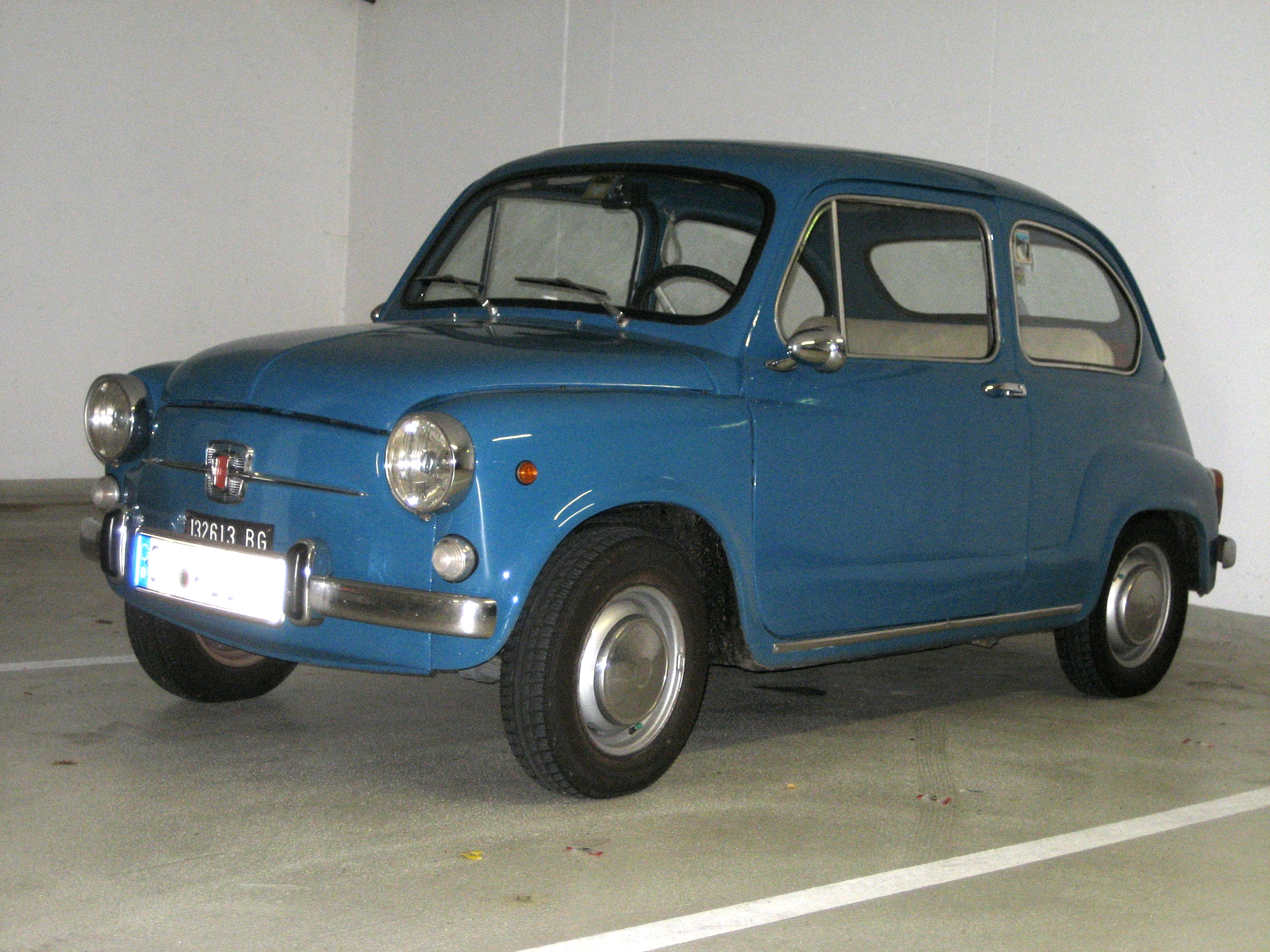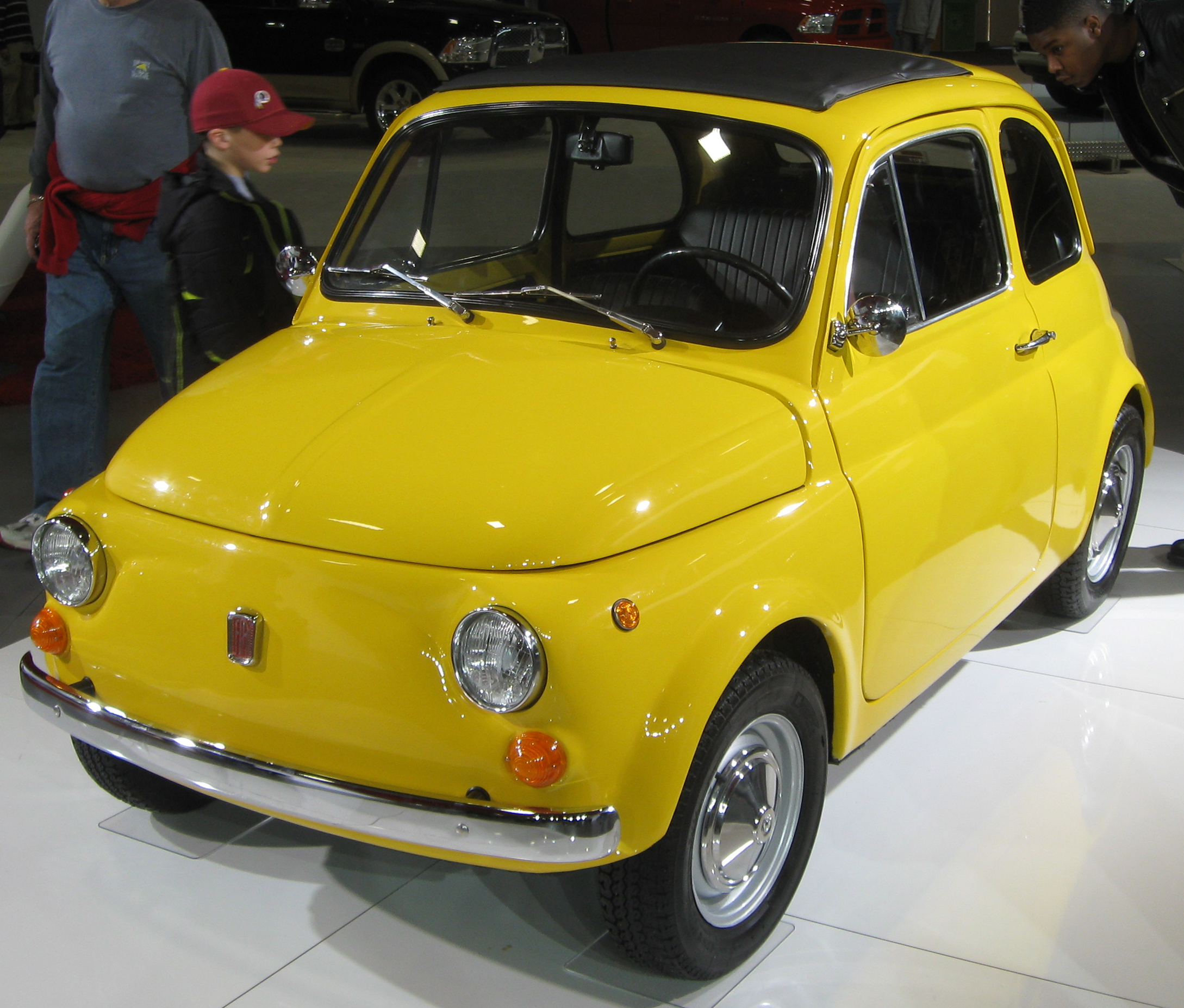Why 4x98?
Although I haven’t yet discovered specifically which was the first car to use 4x98, perhaps the strongest “blame” as to why it has survived so long can be cast upon these two:


The original 600 was launched in 1955, and produced in some form or another by Fiat until 1969. The second 500, and probably the best well-known globally, was introduced in 1957 and produced until 1975. Just the 500 and 600 together account for a total of about 9 million cars. While these cars were still being produced, additional new cars also using 4x98 were introduced by Fiat, including the 850, 124, 128, 127, X1/9, 132, 126, and the 131 (eventually accounting for another
20 million cars).
During this time, the 4x98 also migrated to use in other brands such as Lancia and Alfa Romeo. Lancia was purchased by Fiat in 1969, and in the 1970s and well into the 1980s Alfa Romeo was struggling financially (later purchased by Fiat in 1986), and perhaps to save costs they picked up use of 4x98 hubs and wheels from Fiat Group or suppliers to Fiat Group? (Pure speculation)
From non-exhaustive research, at least 74 different car platforms just within Fiat Group have used 4x98 from as early as 1955 continuing in an unbroken chain through today. The usage will increase even further if you include license-built, reverse-engineered, and badge-engineered cars which have been built all over the world, especially in the former Eastern Bloc (see AutoVAZ/Lada and Zastava/Yugo for examples).
So really, 4x98 is a wheel bolt pattern that Fiat has been using on its products for over 60 years, and most likely, they have not seen a compelling reason to change.
But why 4x"98"?
Pure speculation: Perhaps it was meant to be deliberately different from 4x100? From anecdotal evidence of an autocross friend, the 4x100mm bolt pattern was in use in Italy during the 1950s on Alfa Romeo products - the example car was a 1956 Giulietta Spider. At such time Alfa would have been a competitor to Fiat, as this was long before the merger where Fiat took control of the struggling Alfa Romeo.
The engineer in me sees 100mm as a nice round number, when working within the SI system of measurements, to pick for a wheel bolt circle that would be used on compact car platforms. 98mm certainly doesn’t even nicely line up with a conversion from English units; the closest would be 3 7/8” = 98.425mm.
Perhaps Fiat used 98mm instead to prevent people trying to switch wheels between the two competitor companies?
Why 4x98 today?
From the perspective of Fiat Group/FCA as an original equipment manufacturer (OEM), they will be making their own wheels or contracting suppliers to produce unique wheels for them, specifically to fit their cars and align with the overall commercial and engineering goals relating to cost, durability, and styling.
The frequent question I see is on why today Fiat does not use 4x100? Understandably this would make the work of car modifiers and tuners much easier, because 4x100 is a significantly more common bolt pattern used around the world. However, the market for aftermarket wheels has approximately zero impact on an OEM. Fiat Group/FCA will not profit or benefit directly in any manner if, for example, a guy in America is able to directly bolt on a set of 4x100 Enkei RPF1 wheels to his Fiat. They profit from the original sale of the vehicle, and in the sale of OE replacement parts and accessories, which will have already been designed for 4x98.
"Design inertia" is a common reason for particular engineering decisions surviving long after the original reason for adoption. Especially in the case of high volume production, validated designs will have been in place for a long time, machine tooling will have been created and paid for, and vast quantities of parts will already be out on the market in service parts depots, dealerships, and other parts suppliers. Engineers, engineering management, and value analysts ("bean counters") together will often not have a compelling reason that it should be different. "If it ain't broke, don't fix it."

